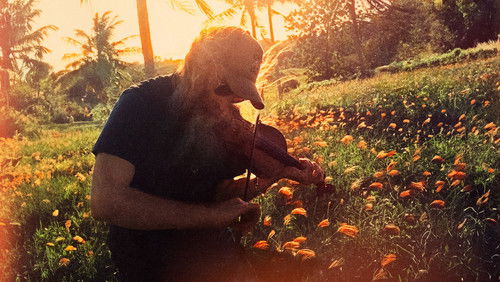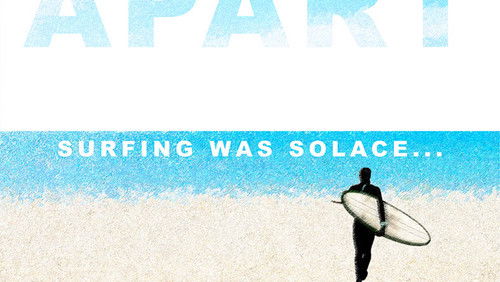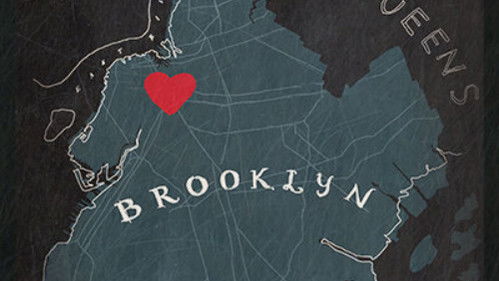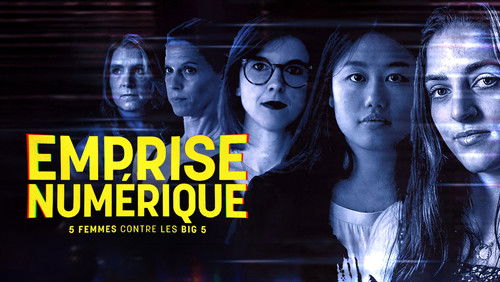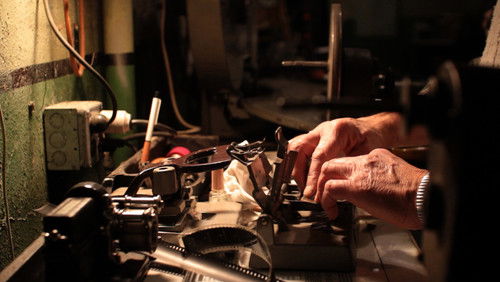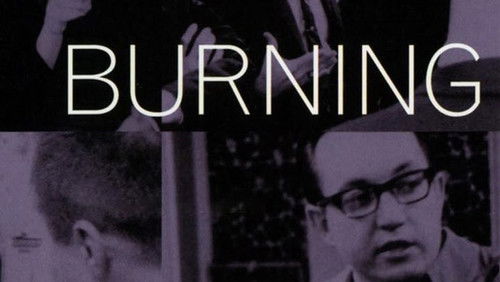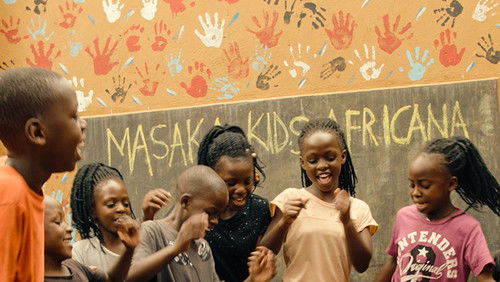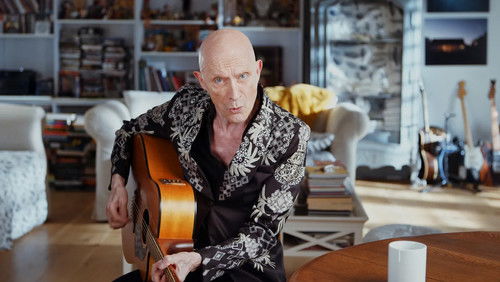Pina – tanzt, tanzt, sonst sind wir verloren (2011)
35KPina – tanzt, tanzt, sonst sind wir verloren: Directed by Wim Wenders. With Regina Advento, Malou Airaudo, Ruth Amarante, Jorge Puerta. A tribute to the late German choreographer, Pina Bausch, as her dancers perform her most famous creations.
“Whether Wenderu0026#39;s work is considered a film, eulogy or a documentary, I can say that I have never felt so much for a production of moving pictures before that I would feel the necessity to express my thoughts through written words.u003cbr/u003eu003cbr/u003eI have a great passion for dance and used to practice it a lot more a few years ago. Hence, this film was a must-see for me whatever whoever says. The downside with dance on film is the failure of the screen to convey depth, and I didnu0026#39;t find the 3D effects particularly impressing here, I must admit. But then again, without it, I am sure it would be hard not to get dull watching 100 minutes of flat images, sometimes randomly and unexpectedly cut of the context.u003cbr/u003eu003cbr/u003eBecause there is no storyline in the film. Not very much of replicas either to explain in clear words why or if the different pieces are linked together, and definitely nothing to tell about Pina Bauschu0026#39;s private life. But that is also what makes this film so clean and consistent; dance says it all. u003cbr/u003eu003cbr/u003eIf Pina lived today, her presence in the film would certainly be more evident to us. The film would let us follow her and her dance company on performances with more straight forward dialogues. Instead, the spirit of Pina is expressed through dance here. Dance is the way she would use to communicate her messages to the world, so why would words then be necessary? Even less, why would personal details of her life matter in this film when what we will remember of her, as with other known names throughout the history, will be for their creations, inspirations and contributions to our world? u003cbr/u003eu003cbr/u003ePinau0026#39;s art is shown piece by piece in the film featuring choreographies and performing arts carried out by her closest dancers in different milieux. Both outdoors in the open landscape and modern cityscape, as well as indoors on a stage. It expresses diversity and unity at the same time, gives life to poetry and most remarkably, making music visible in a way that I have not seen in a film before. It describes relationships between men and women, young and old, human and nature, along with senses of loneliness, yearning, passion, pain and joy mixed with a dose of subtle humour.u003cbr/u003eu003cbr/u003eAnd they are all performed by a group of highly skillful professionals of different ages, nationalities and languages, whom sometimes, through open monologues, give us an insight on Pinau0026#39;s character. Not only do they reach out to touch by movements, but also through empathy and facial expressions of compassion, making them very credible actors/actresses.u003cbr/u003eu003cbr/u003eTo sum up: If you can deal with lack of dialogues without getting bored, make sure then to have some understanding about dance, or a general interest in art and scenography to truly appreciate this film. It is a definition of beauty and a way to remember Pina Bausch.”
